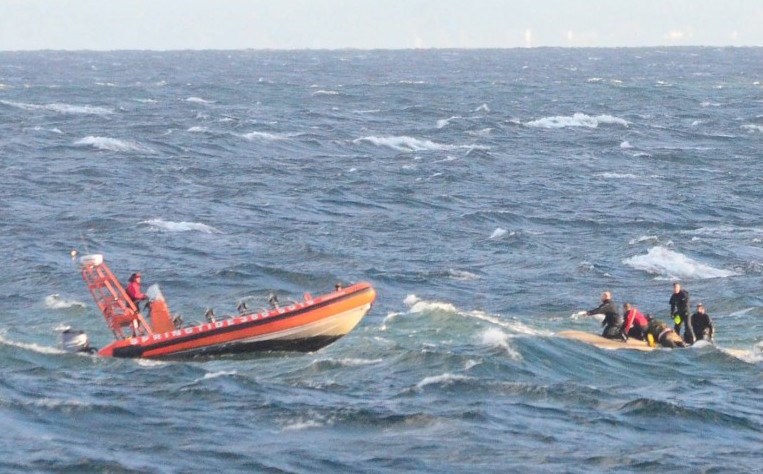- Messages
- 54,368
- Reaction score
- 8,481
- # of dives
- 500 - 999
I read somewhere that's best, maybe in the instructions?At home I don't keep my camera housing 'sealed,' as I figure chronic compression of the o-ring might detract from its water-tightness 'on the job' when diving.
I just went to check my camera and dive canister as I leave them closed tight when traveling so that they won't shake loose, but plan on opening both a little when I get home - but forgot! Fixed.I wonder if most Nautilus Lifeline owners, and PLB owners with underwater housings, leave them 'locked up tight' all the time, or leave them open a bit (perhaps in a plastic bag, to keep dust out) when not in use?
Yeah, probably the reason we read about leaks. Like I said, with a PLB, a little water inside won't hurt, but with the Nautilus it might. I really should replace the O-ring on my camera housing as it's several years old. Note: I do open the canister every day of a dive trip to check.You mentioned replacing it every year or two; wonder how many people do that, with the PLB product you mentioned or the Nautilus Lifeline?






